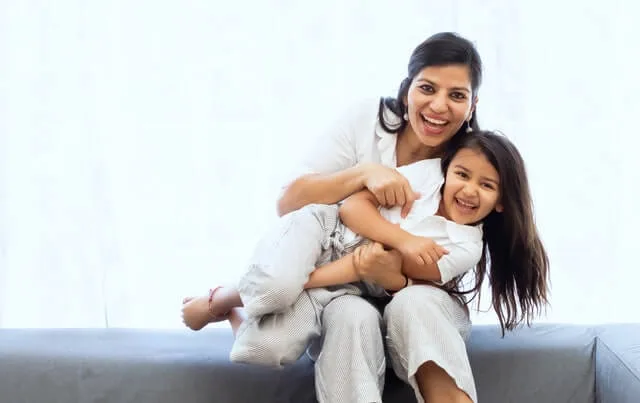About 385 million children, or one in five, struggle to meet their basic needs and survive, making them twice as likely as adults to live in poverty. Over 660 million children are expected to grow up in complex and impoverished environments, where poverty rates are regularly higher than those of adults. Poverty, however, is not just about income; social protection is also essential for defending and empowering these children, yet only one in three children receive any kind of assistance. The government’s child tax benefit program aims to help families provide the best standard of living for their children, and filling out the claim form has non-financial benefits as well. It’s recommended that children get their National Insurance number as soon as they turn 16 and start collecting National Insurance credits to ensure they can receive a state pension in the future.

What the Child Tax Benefit is?
The Child Tax Benefit (CTB) is a government-managed social protection program that provides cash or tax credits to families with children. This program is highly popular as it helps families reduce poverty and support their children’s growth and learning. Recently, the Deputy Prime Minister and Finance Minister Chrystia Freeland proposed the “Affordability Plan 2022,” which allocates an 8.9% budget to put money in the pockets of Canadians, including child benefits. The National Child Benefit (NCB) is a comprehensive system that provides both benefits and services for low-to-moderate income families with children. The Canada Child Tax Benefit (CCTB) is an integrated child benefit that combines federal and provincial benefits for children. This program has been highly successful in reducing poverty rates, with a decline of 11-9% in recent years. Families can use the money for childcare options that best suit their needs.
How does Canada’s Child Benefits program work?
The CCB is designed to help low- and middle-income families, with benefits gradually decreasing as annual income surpasses $30,000 CAD. Despite this phase-out, 90% of households still receive benefits. The complete phase-out varies based on the number of children in the household, and for a family with one child under six and one older than six, it’s approximately CAD 190,000. In 2019, the maximum CCB per child under six was $6,639 CAD, while for children between six and 17, the maximum was $5,602 CAD. The 2022 Canadian government budget is expected to increase by 2% of the CCB, with the program providing a total of CAD 23.7 billion.
How to apply for the Canada Child Benefits
Applying for the Canada Child Benefits (CCB) can be done when your child is born, and in most cases, the necessary paperwork, such as the birth certificate and registration, will be included in a birth package sent by your province. Alternatively, you can also apply for the program while paying taxes, and the necessary documents for applying for the Canadian Child Benefits can be found on file.
If you want to apply for the Canada Child Benefit (CCB) program, you must meet the following eligibility requirements:
- You must have a child who is under 18 years of age.
- You must be the parent, guardian, or other caregiver responsible for the child.
- You must be a Canadian resident, taxpayer, permanent resident, or protected person.

In addition to financial benefits, claiming child benefits has other advantages. Child benefits are among the most widely used social protection programs for children, providing immediate financial assistance through cash or tax credits. They have been found to reduce poverty and contribute to children’s growth and development. The government has allocated 8.9% of the budget to put money directly into the pockets of Canadians through these programs.










